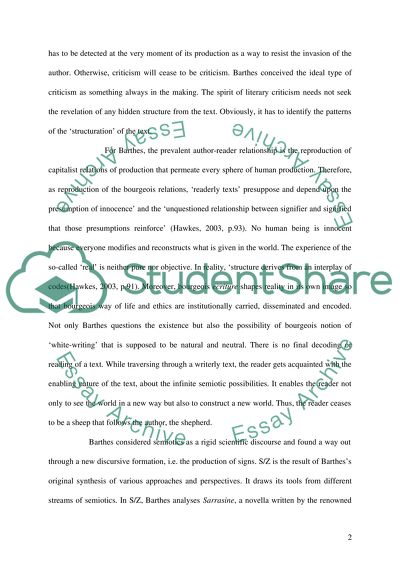Cite this document
(“Barthess Formulation on Reader-Writer Relationship Book Report/Review”, n.d.)
Retrieved from https://studentshare.org/philosophy/1509319-barthess-formulation-on-reader-writer-relationship
Retrieved from https://studentshare.org/philosophy/1509319-barthess-formulation-on-reader-writer-relationship
(Barthess Formulation on Reader-Writer Relationship Book Report/Review)
https://studentshare.org/philosophy/1509319-barthess-formulation-on-reader-writer-relationship.
https://studentshare.org/philosophy/1509319-barthess-formulation-on-reader-writer-relationship.
“Barthess Formulation on Reader-Writer Relationship Book Report/Review”, n.d. https://studentshare.org/philosophy/1509319-barthess-formulation-on-reader-writer-relationship.


